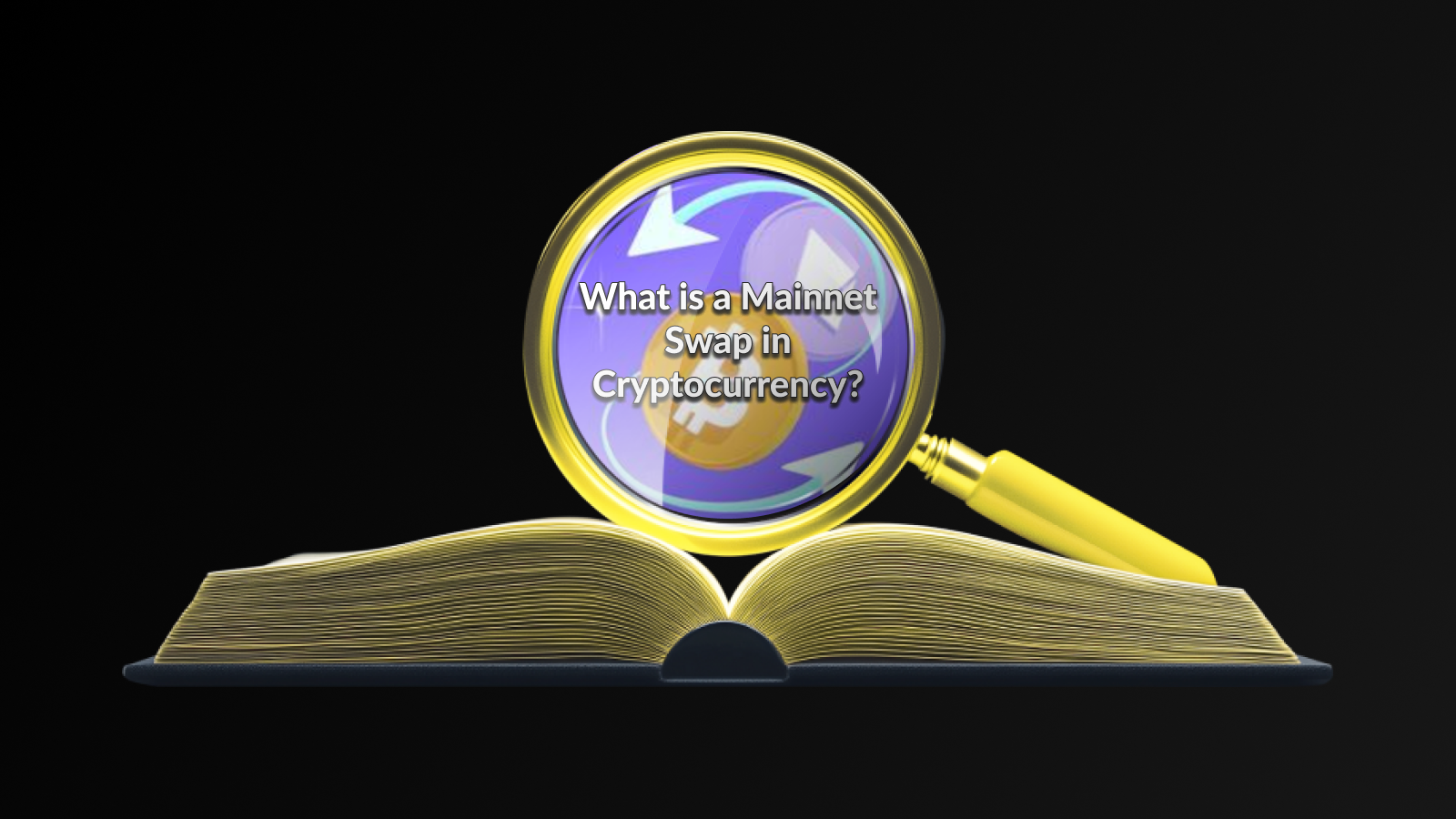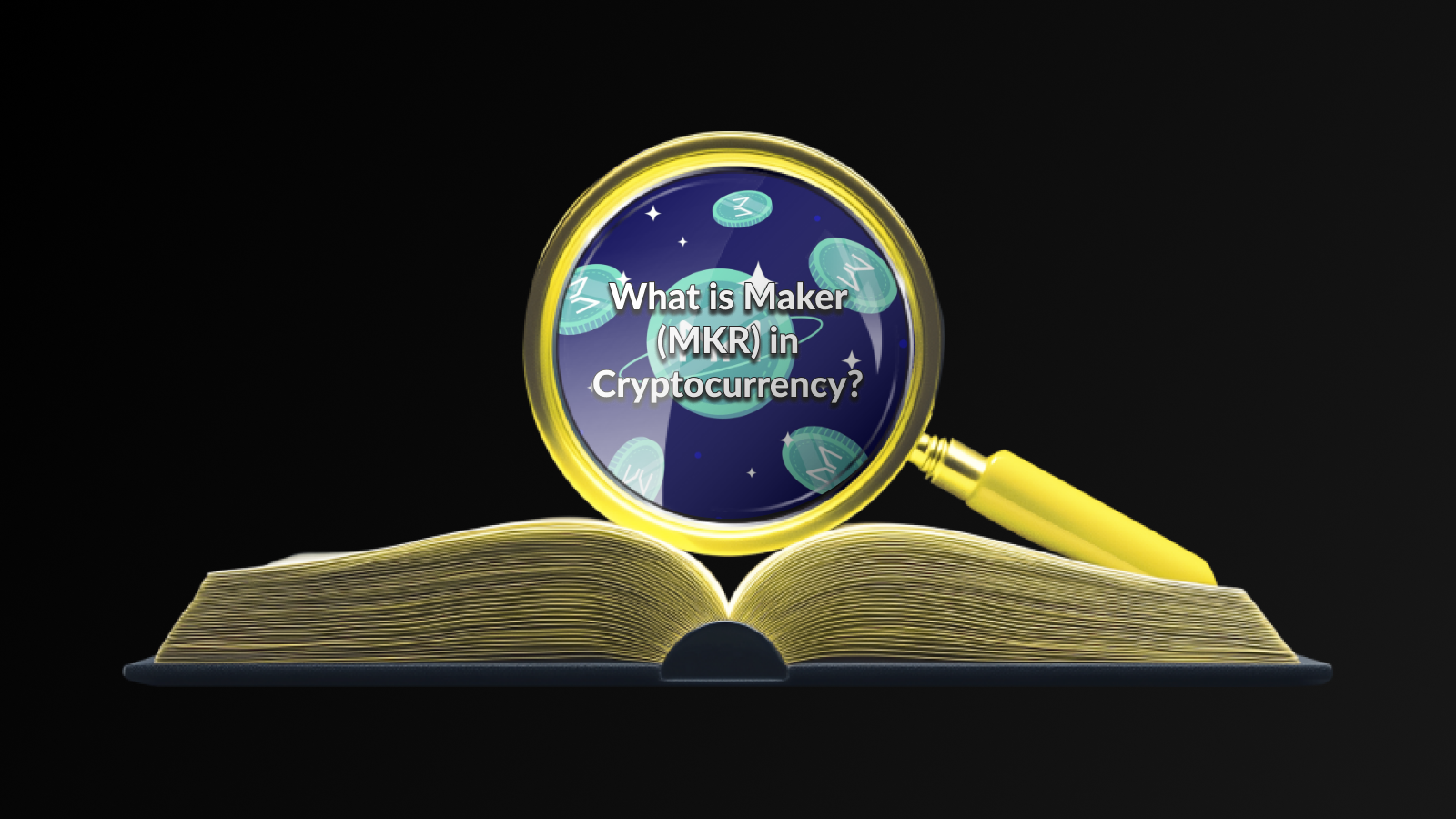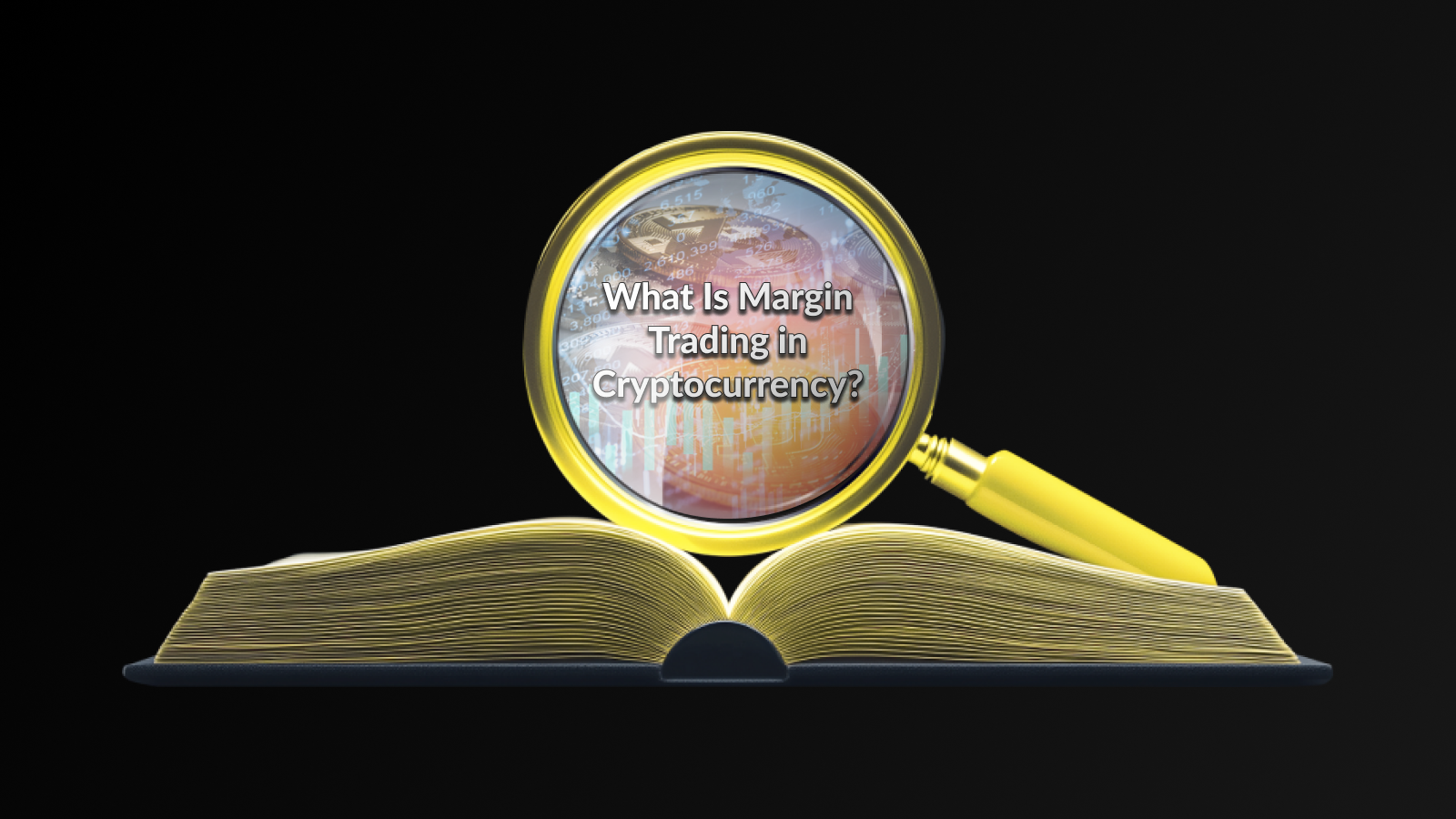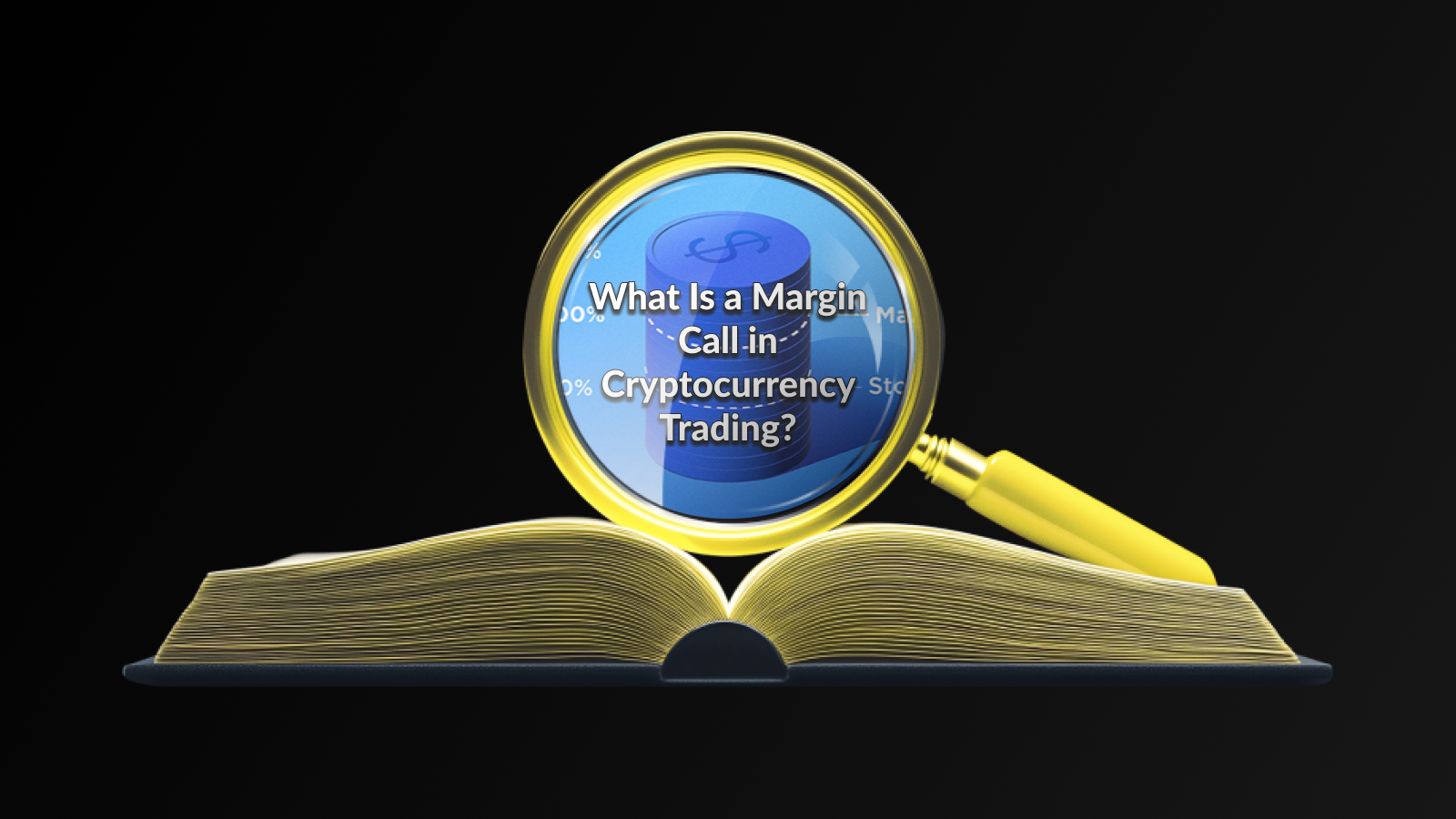Introduction
A Mainnet Swap is a crucial step in the evolution of a cryptocurrency, marking the transition from a test network or a token on an existing blockchain to a fully operational mainnet. This process is often part of a broader strategy to enhance the functionality, scalability, or governance of the cryptocurrency project. With a Blockchain Migration, users must exchange their existing tokens for new ones issued on the new mainnet, ensuring they can benefit from the enhanced features and capabilities offered by the upgrade.
Understanding the implications of a mainnet swap is essential for all cryptocurrency investors and users. It can significantly influence the project’s performance in the market, the user experience, and the overall community trust. Being well-informed about this process allows investors to make educated decisions and prepare effectively for the changes that lie ahead.
How Does a Mainnet Swap Work?
A Mainnet Swap typically involves the transition of tokens from one blockchain network to another, which usually requires holders to exchange their existing tokens for new ones on the mainnet. This process often occurs as part of a project’s upgrade to improve performance, scalability, or security.
During a Mainnet Swap, users are instructed on how to convert their tokens. This might include instructions for moving tokens to a specific wallet that supports the new mainnet or utilizing an exchange that facilitates the swap. Once the swap is executed, the old tokens usually become obsolete and lose their value.
In many cases, blockchain migration tools are provided to assist users in the swap process, minimizing the risk of loss and ensuring a smoother transition. Teams behind the projects typically communicate clearly with their communities, providing detailed guidelines and timelines for the swap.
It’s important for participants to engage in this process promptly as delays or failure to convert could result in the permanent loss of their tokens. Overall, a Mainnet Swap represents a critical evolution in a cryptocurrency’s life cycle, showcasing the innovation within the space.
Why Are Mainnet Swaps Important?
Mainnet swaps serve a critical function in the evolution of cryptocurrencies, acting as a bridge to a more robust and scalable platform. Unlike token swaps that occur on different chains, a Mainnet Swap typically signifies a transition from a lesser-known or experimental blockchain to a fully operational mainnet. This transition is vital for several reasons:
- Enhanced Performance: Mainnet swaps often come with performance improvements, such as faster transaction speeds and higher throughput. This enhancement can significantly increase user satisfaction and adoption rates.
- Increased Security: Many mainnets offer advanced security features that provide better protection against hacks and vulnerabilities. This is particularly important in a world where cyber threats are on the rise.
- Decentralization: Moving to a dedicated mainnet typically fosters greater decentralization. This is important for maintaining the integrity and trustworthiness of the blockchain ecosystem.
- Market Credibility: A successful mainnet launch can boost the credibility of a cryptocurrency in the eyes of investors and the broader market. It signals that the project has moved beyond the experimental phase, making it a more attractive investment.
- Blockchain Migration: Often, projects may need to undergo a Blockchain Migration to a mainnet to utilize new features or to expand on their existing capabilities, which enhances overall functionality.
Mainnet swaps not only pave the way for technological advancements but also contribute significantly to the credibility and viability of a cryptocurrency project in the competitive market landscape.
How to Prepare for a Mainnet Swap?
Preparing for a Mainnet Swap can be a critical step for cryptocurrency holders, as it ensures a smooth transition from the old network to the new one. Here are some essential steps to take in order to effectively prepare:
- Stay Informed: Follow official announcements from the project team regarding the specifics of the mainnet launch and swap. This can include dates, procedures, and any requirements for participation.
- Verify Wallet Compatibility: Make sure that your cryptocurrency wallet supports the new mainnet. You may need to transfer your tokens to a compatible wallet before the swap.
- Backup Your Wallet: Always create a backup of your wallet information and private keys. This step ensures you won’t lose access to your cryptocurrency during the migration process.
- Migrate Your Tokens: If your tokens require conversion to a new format, follow the outlined process for migrating your tokens to the new blockchain. This may involve using a specific platform or tool provided by the project.
- Check Exchange Policies: If you plan to use exchanges for trading your tokens, review their policies regarding the mainnet swap. Some exchanges may automatically handle the swap for you, while others may require you to take action.
- Learn about Blockchain Migration: Familiarize yourself with the concept of blockchain migration, as understanding how the process works will help you navigate the transition effectively.
By following these preparation steps, you can ensure that your assets are secure and ready for the upcoming Mainnet Swap. This proactive approach will minimize potential complications and enhance your experience during this significant transition in the cryptocurrency space.
Examples of Notable Mainnet Swaps
Throughout the cryptocurrency landscape, there have been several notable instances of blockchain migration that have garnered significant attention from investors and enthusiasts alike. One of the most well-known mainnet swaps took place with Ethereum, which shifted from a proof-of-work to a proof-of-stake consensus mechanism. This event marked a pivotal moment in the blockchain’s evolution, showcasing the potential benefits of such a transition.
Another remarkable example is the transition of Binance Coin (BNB) from the Ethereum blockchain to its own proprietary Binance Chain after the initial coin offering (ICO). This swap allowed Binance to operate its own ecosystem while ensuring lower transaction fees and faster processing times, distinguishing its functionality in the marketplace.
Moreover, the TRON mainnet launch represented another significant mainnet swap, effectively allowing TRON to create its own decentralized platform for content sharing and entertainment without the need for Ethereum’s infrastructure. This independence helped to enhance scalability and performance.
The migration of Ontology from its original blockchain environment to its mainnet showcases the trend of projects seeking to optimize their operations and offer better utility to their users. Each of these notable mainnet swaps reinforces the importance of adaptability and innovation in the fast-paced world of cryptocurrencies.
Disclaimer
Cryptocurrency investments and blockchain migrations carry risks, including potential loss of funds. Always conduct thorough research and verify details from official sources before participating in a mainnet swap.
Click for more education articles.





